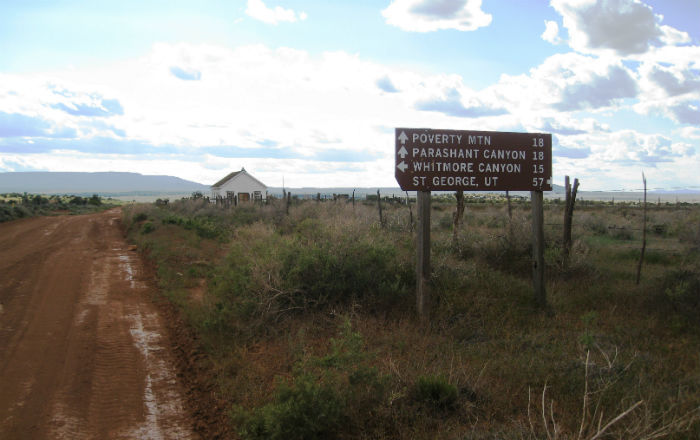BLM Brown Bag Lectures Series for April kicks off with Articles from Washington County News

The Independent
Every Friday, the Dixie Arizona Strip Interpretive Association, Bureau of Land Management, National Park Service, and Forest Service host the popular Brown Bag Lecture series. The lectures provide unique opportunities for the public to learn more about the area’s natural resources and public lands. Speakers include geologists, range specialists, biologists, archaeologists, rangers and others who delve more deeply into subjects tied to the Arizona Strip and surrounding public lands. The lectures bring the resources and public lands issues to the community’s doorstep, benefiting those who want to learn more about the region’s remote and rugged landscapes, cultures and people.
The lectures, which begin at noon and last one hour, are held at the Interagency Information Center, 345 E. Riverside Drive in St. George, Utah. Admission is free, but space is limited for this popular lecture series. To obtain tickets visit the Interagency Information Center or call 435-688-3200.
April 2015
April 3 Join us as Janice Hummel discusses a book she compiled from articles from the Washington County News written by Cloe Bundy while she was wintering cattle in Whitmore Canyon between 1944 and 1947.
April 10 Grand Canyon-Parashant National Monument Law Enforcement Ranger Jason Bulkley will discuss OHV regulations on the Monument and the Arizona Strip.
April 17 Mike Small, retired BLM Arizona Strip District wildlife biologist, will speak about the initial and forthcoming California condor releases held each September on the Vermilion Cliffs National Monument. As of June 30, 2014, there were 71 condors in the wild in the rugged canyonlands of northern Arizona and southern Utah. The world’s total population of endangered California condors numbers 439, with more than half of them in the wild in Arizona, Utah, California, and Mexico. The wild California condor population declined to just 22 individuals in the 1980s when the condor recovery program was initiated to save the species from extinction. The recovery effort is a cooperative program by federal, state, and private partners, including The Peregrine Fund, Arizona Game and Fish Department, U.S. Fish and Wildlife Service, Arizona Strip Field Office of the Bureau of Land Management, Grand Canyon and Zion national parks, Utah Division of Wildlife Resources, and Kaibab and Dixie national forests.
April 24 Meet the board of directors for the Dixie Arizona Strip Interpretive Association (DASIA) and learn more from the board about this nonprofit organization’s mission to garner greater understanding of the Arizona Strip and Southern Utah’s history and natural resources. For more information about this organization go to https://www.d-asia.org/




